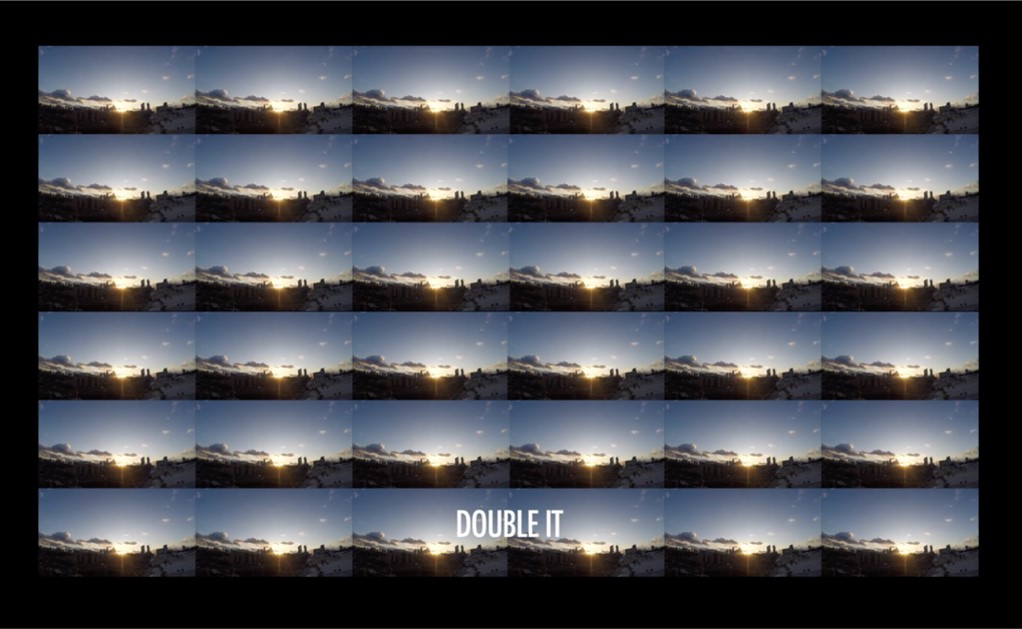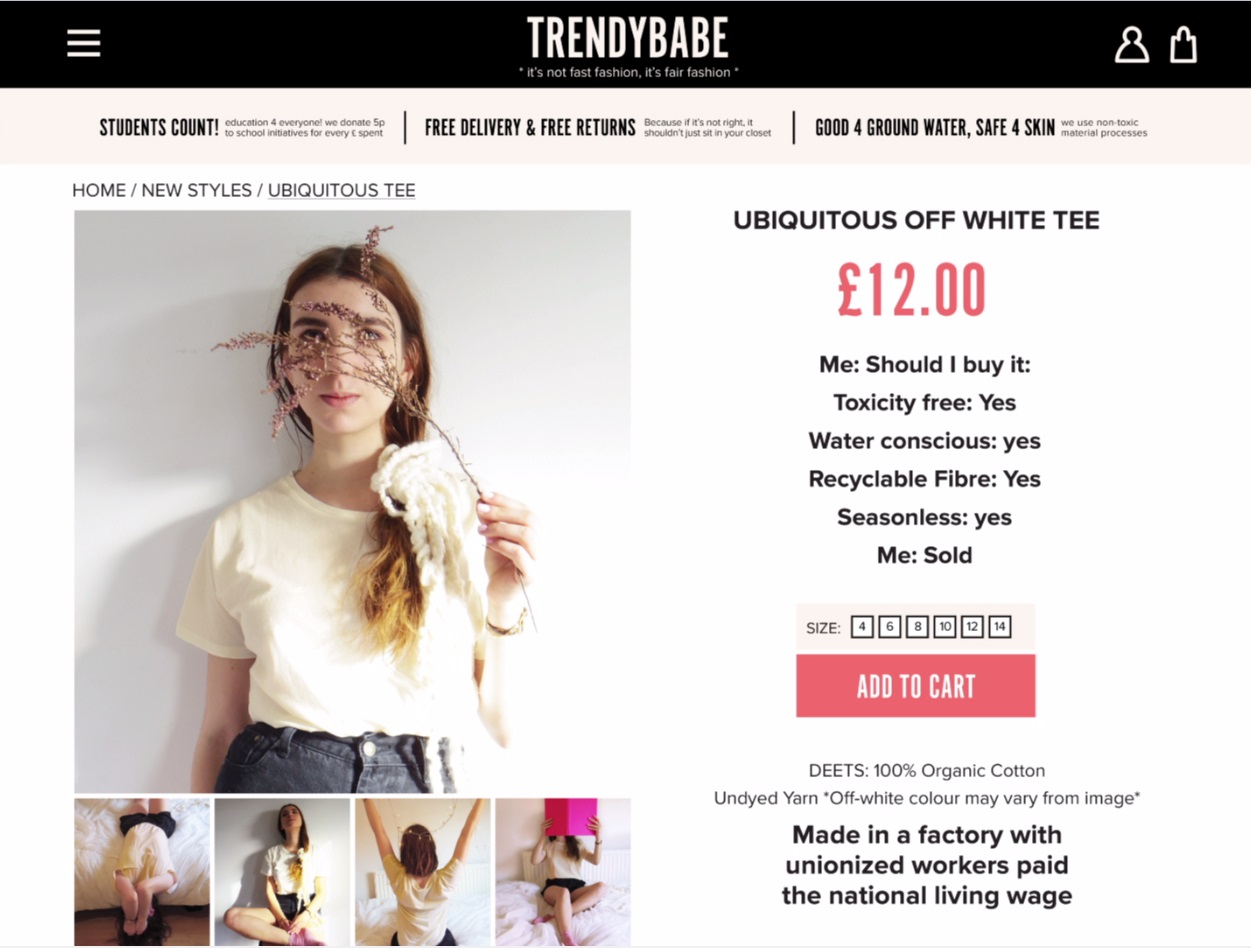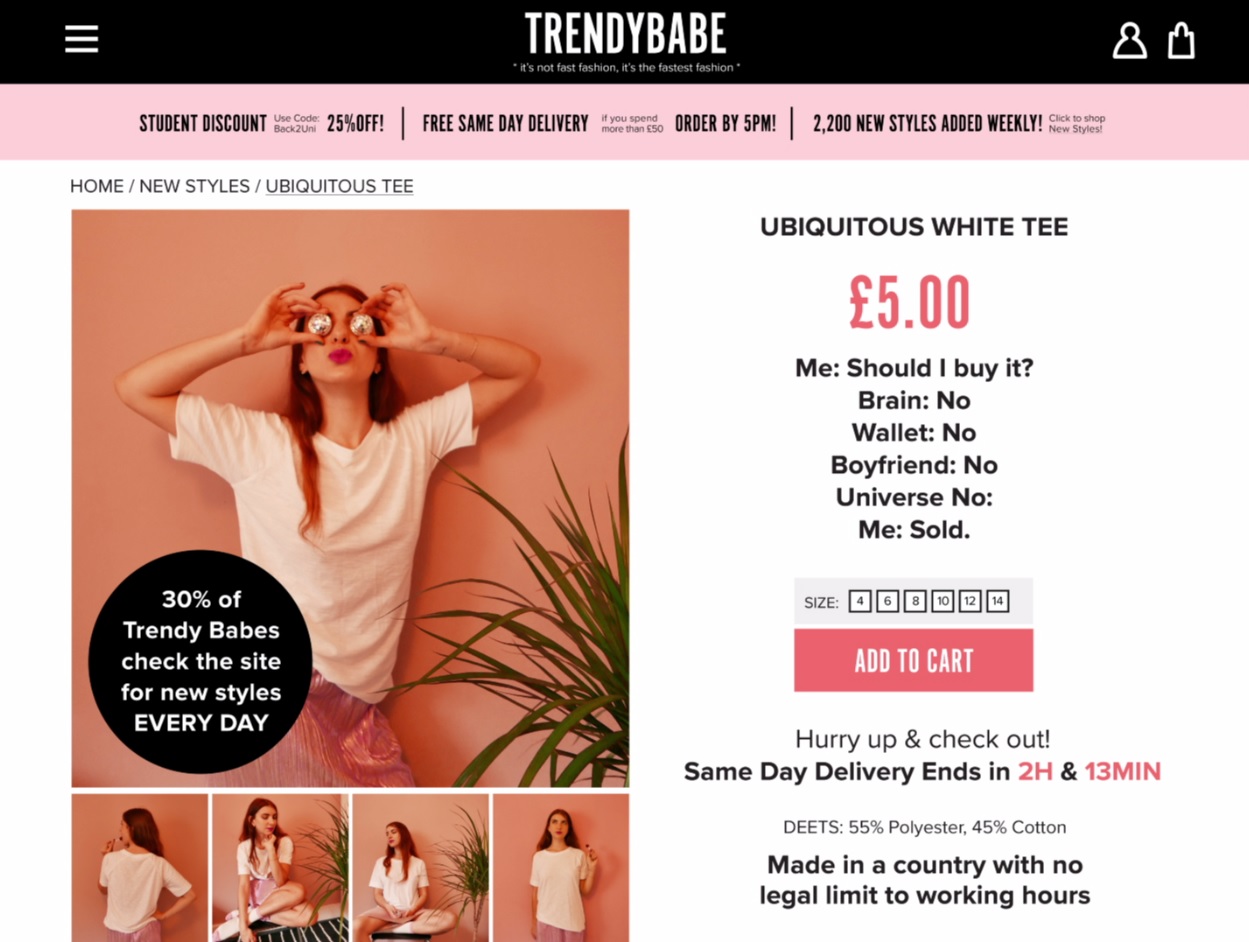Centre for Sustainable Fashion, based at the London College of Fashion, were special advisors to the Fashioned from Nature team. Not only did they recommend sustainable brands and materials, but they developed two installations for the exhibition. Fashion Now reveals the normally-unseen, five stage lifecycle of everyday items most people have in their wardrobes, namely trainers, jeans, a t-shirt, a bag and a dress. Two of the student groups from LCF’s MA Fashion Futures who worked on the display explain the idea behind their clips.
Trainers
Written by Amy Foster-Taylor, Claire Weiss, Pippa Smart
We are part of MA Fashion Futures, a course that speculates on human and planetary futures through the lens of design. We were excited to be invited by Centre for Sustainable Fashion to deconstruct a ubiquitous suede trainer in order to understand how design plays a role in a product’s environmental impact.
Deconstructing a trainer with 36 different components meant that an incredible number of stories were held within this one product. We decided to focus on the biggest material element of the trainer: suede. We were already aware of the animal welfare issues associated with the agricultural industry, but were overwhelmed to learn that most sustainability concerns could be tied to this one material alone: greenhouse gas emissions, deforestation, habitat and biodiversity loss, water pollution, and modern-day slavery.
We reflected on which story would be the most relatable to all humans, and selected the powerful link between the preservation of forests and the health of humanity. The rainforest is heralded as the lungs of our planet, and there is a clear link between the production of leather, deforestation, increased CO2 and methane emissions, and a decrease in the production of oxygen.
To tell the story, we chose to play with the visual cues and styles of sports brand advertising that became so apparent in our historical and cultural research. Yet instead of the typical aspirational messages found in campaigns, we wanted to expose the reality of how a trainer is actually produced.
Most importantly, our research highlighted that using leather is not the only option. There are alternative innovations which mean that designing with nature in mind doesn’t need to be a compromise, but an exciting opportunity to be resourceful, creative, and make fashion with positive stories.




T-Shirt
Written by Olivia Weber, Bronwyn Seier, and Chloe Vasta
We are MA Students on the London College of Fashion’s Fashion Futures, a course that looks at the critical issues of our time through the lens of fashion. We were given a brief by Centre for Sustainable Fashion to create a video installation that unpacks the ecological and social implications of a white t-shirt from a hyper fast-fashion retailer.
Critically, Centre for Sustainable Fashion provided us with an 8-part framework through which to examine the garment: climate change, water stress, hazardous chemicals & pollution, land use & biodiversity loss, diminishing resources, consumption & waste, modern-day slavery, and wellbeing. We also looked at 5 phases of apparel lifecycle: design, make, acquire, care, and discard.
As we simultaneously researched the ethical and environmental impacts of producing the tee, and took a deep dive into the brand’s marketing messages, we couldn’t shake the irony of the promises the brand was selling. Through Instagram, we found a brand identity that celebrates a hyper-capitalist youth culture. It is as if Instagram and fast-fashion are the gateway drugs to validation in the digital age.
We then mapped the effects of the poly-cotton t-shirt’s lifecycle, which led us to the oil industry, cotton farming, landfills, sweatshops, and so many other devastating consequences. Yet, what was the most striking to us was the way fashion is advertised. That is why we decided to use the same communication tools as brands.
The Instagram images we created were meant to offer the spontaneous, bad-girl aesthetic that Gen-Z brands use as a façade, through which they channel disposable products. We then hacked the images with sketches and comments that tore down this deceitful marketing structure. The last image of our clip suggests a more environmentally-conscious choice, the off-white T-Shirt. Leading us away from a perfectly white and sterile world to one that is more diverse, ethical and naturally beautiful.




To watch the full clips, please visit Centre of Sustainable Fashion.
In the next post, Mathilda Aspinall will share the wonderful story of a dress and its importance in preserving memories of her grandmother.



